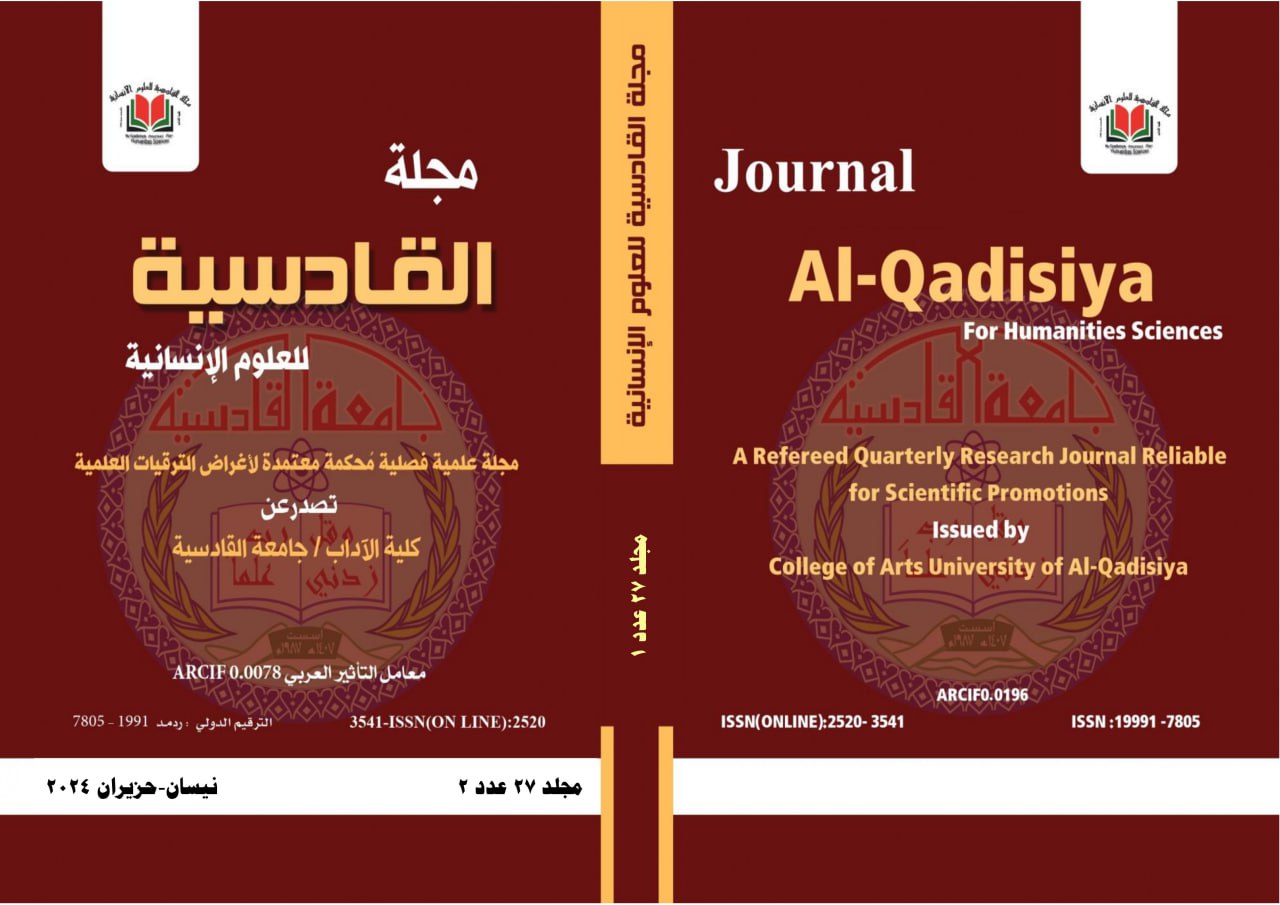Abstract
Abstract
Undeniably, language is the most important means of communication and it can be simply defined as a sign system , specially the customary sign system of humankind. Communication can be of varied forms; each form is valuable. It takes place not only by words (verbal communication) but also through other channels especially for deaf people and who have a hearing impairment. This includes the available sensory modes (hearing, sight, etc) to cover facial expressions, gestures and body language , features referred to as non-verbal communication. This research focuses on this form.
As a teacher, the researcher concentrates on how these channels of communication help the teacher to explain his/her ideas, material and convey his/her thoughts, requirements and experiences in a better way that the students understand them correctly. In return, they enable him/her grasp the student\'s facial expressions and body movements. This, of course, requires knowledge of sign language which includes information of body language. This is included in the theoretical part of the paper. The practical part includes a questionnaire including 30 situations given to twenty five first year students in the English Department/College of Education/Al-Qadissiya University in 2011. After getting the answers, the researcher has given the students another questionnaire including 15 situations chosen from the previous questionnaire but these situations are acted this time by the researcher in front of the students. The analysis of their responses has shown a big difference between the participants\' responses in the first and the second questionnaire, for the students have got high scores when the researcher has used sign and body language in explaining the given situations.
Undeniably, language is the most important means of communication and it can be simply defined as a sign system , specially the customary sign system of humankind. Communication can be of varied forms; each form is valuable. It takes place not only by words (verbal communication) but also through other channels especially for deaf people and who have a hearing impairment. This includes the available sensory modes (hearing, sight, etc) to cover facial expressions, gestures and body language , features referred to as non-verbal communication. This research focuses on this form.
As a teacher, the researcher concentrates on how these channels of communication help the teacher to explain his/her ideas, material and convey his/her thoughts, requirements and experiences in a better way that the students understand them correctly. In return, they enable him/her grasp the student\'s facial expressions and body movements. This, of course, requires knowledge of sign language which includes information of body language. This is included in the theoretical part of the paper. The practical part includes a questionnaire including 30 situations given to twenty five first year students in the English Department/College of Education/Al-Qadissiya University in 2011. After getting the answers, the researcher has given the students another questionnaire including 15 situations chosen from the previous questionnaire but these situations are acted this time by the researcher in front of the students. The analysis of their responses has shown a big difference between the participants\' responses in the first and the second questionnaire, for the students have got high scores when the researcher has used sign and body language in explaining the given situations.
